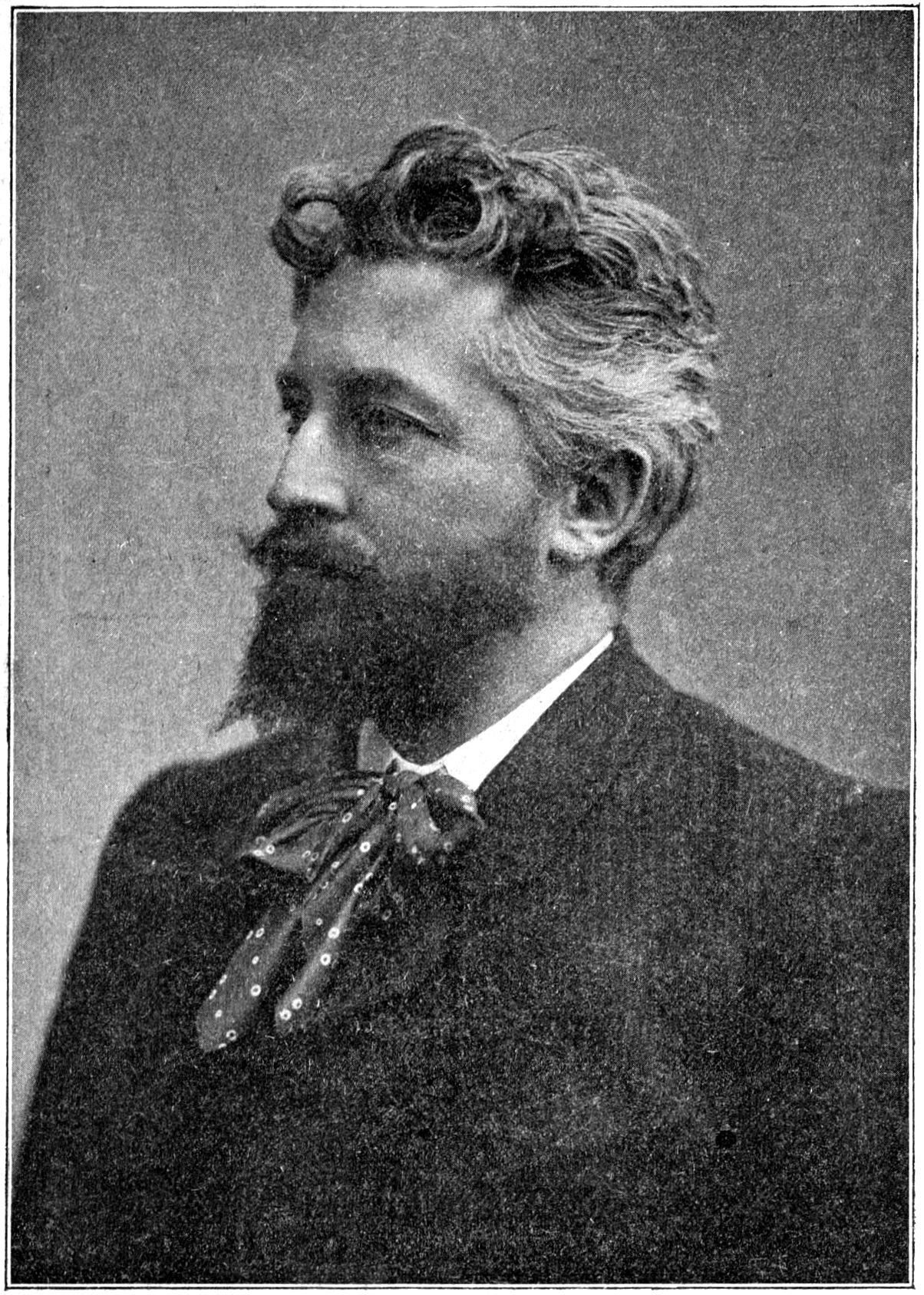Gerrit van Arkel on:
[Wikipedia]
[Google]
[Amazon]
 Gerrit A. van Arkel (April 3, 1858 in
Gerrit A. van Arkel (April 3, 1858 in
Image:Bakkerij D.C Stahle Spuistraat.jpg, D.C. Stähle's bakery, Spuistraat (1898)
Image:Gasthmolst1c.jpg, Gasthuismolensteeg 20 (1900)
Image:Spui_helios.jpg, Helios building, Spui 15-19 (ca. 1900)
Image:Damrak80.jpg, Damrak 80-81 (1904)
Image:Diambeurs.jpg, Diamond Exchange (1906)
Image:Diamond Cuttery Asscher.jpg, The Asscher diamond factory (1911)
Amsterdam Bureau of Monuments & Archeology
Jewish Historical Museum
{{DEFAULTSORT:Arkel, Gerrit Van 1858 births 1918 deaths Art Nouveau architects Dutch architects People from Loenen
 Gerrit A. van Arkel (April 3, 1858 in
Gerrit A. van Arkel (April 3, 1858 in Loenen aan de Vecht
Loenen aan de Vecht (or just Loenen) is a village in the Dutch province of Utrecht. It was the main village in the former municipality of Loenen. Since 2011 it has become part of the newly formed municipality of Stichtse Vecht. It lies about 10&nb ...
– July 11, 1918 in Abcoude
Abcoude () is a town and former municipality in the Netherlands, in the province of Utrecht. Since 2011 it has been part of the municipality of De Ronde Venen.
Population centres
The former municipality of Abcoude consisted of the villages Abco ...
) was a Dutch architect
An architect is a person who plans, designs and oversees the construction of buildings. To practice architecture means to provide services in connection with the design of buildings and the space within the site surrounding the buildings that h ...
who designed many of Amsterdam
Amsterdam ( , , , lit. ''The Dam on the River Amstel'') is the Capital of the Netherlands, capital and Municipalities of the Netherlands, most populous city of the Netherlands, with The Hague being the seat of government. It has a population ...
's most prominent Jugendstil
''Jugendstil'' ("Youth Style") was an artistic movement, particularly in the decorative arts, that was influential primarily in Germany and elsewhere in Europe to a lesser extent from about 1895 until about 1910. It was the German counterpart of ...
(Art Nouveau) buildings.
He moved to Amsterdam in 1883 to become an architect. His designs initially mixed Neo-Gothic
Gothic Revival (also referred to as Victorian Gothic, neo-Gothic, or Gothick) is an architectural movement that began in the late 1740s in England. The movement gained momentum and expanded in the first half of the 19th century, as increasingly ...
and Neo-Renaissance
Renaissance Revival architecture (sometimes referred to as "Neo-Renaissance") is a group of 19th century architectural revival styles which were neither Greek Revival nor Gothic Revival but which instead drew inspiration from a wide range o ...
styles but, from about 1894, he adopted a sobre version of Jugendstil (Art Nouveau). This sobre style of Jugendstil, influenced by the work of H. P. Berlage, was known as the ''Nieuwe Stijl'' ("New Style").
Van Arkel designs are characterized by the frequent use of bay window
A bay window is a window space projecting outward from the main walls of a building and forming a bay in a room.
Types
Bay window is a generic term for all protruding window constructions, regardless of whether they are curved or angular, or r ...
s and loggia
In architecture, a loggia ( , usually , ) is a covered exterior gallery or corridor, usually on an upper level, but sometimes on the ground level of a building. The outer wall is open to the elements, usually supported by a series of columns ...
s, as well as asymmetrically placed balconies, towers and domes.
His design for the Helios building won third prize at the architectural competition of the 1900 World's Fair in Paris. Twelve of his buildings in Amsterdam were designated national monuments in 2001. The Asscher diamond factory has also been nominated for national monument status, and another 17 buildings in Amsterdam have been nominated to become municipal monuments.
Buildings
Van Arkel's Jugendstil buildings in Amsterdam include: * The Asscher diamond factory on Tolstraat (1907), where the world's largest diamond, theCullinan Diamond
The Cullinan Diamond is the largest gem-quality rough diamond ever found,Scarratt and Shor, p. 120. weighing (1 lb 5.92 oz), discovered at the Premier No.2 mine in Cullinan, South Africa, on 26 January 1905. It was named after Thomas Cull ...
, was cut
* The Diamond Exchange on Weesperplein square (1911)
* The Helios building on Spui
A single-point urban interchange (SPUI, or ), also called a single-point interchange (SPI) or single-point diamond interchange (SPDI), is a type of highway interchange. The design was created in order to help move large volumes of traffic thro ...
square (1895/1896)
* The Astoria office building of the Eerste Hollandsche Levensverzekerings Bank on Keizersgracht
The Keizersgracht (; "Emperor's canal") is a canal in Amsterdam, the Netherlands. It is the second of the three main Amsterdam canals that together form the Grachtengordel, or canal belt, and lies between the inner Herengracht and outer Prinsengr ...
canal (1904/1905)
* The office building of The Marine Insurance Company Limited on the Rokin
The Rokin is a canal and major street in the centre of Amsterdam. The street runs from Muntplein, Amsterdam, Muntplein square to Dam Square, Dam square. The Rokin canal used to run from Muntplein square to Dam Square, but in 1936, the part between ...
(1901)
* The bakery of D.C. Stähle on Spuistraat
The Spuistraat in downtown Amsterdam connects the Hekelveld to the Spui. It runs roughly north to south, parallel to the Singel and the Nieuwezijds Voorburgwal. At the Royal Palace of Amsterdam, the Spuistraat crosses the Raadhuisstraat and P ...
(1898)
Sources
Amsterdam Bureau of Monuments & Archeology
Jewish Historical Museum
{{DEFAULTSORT:Arkel, Gerrit Van 1858 births 1918 deaths Art Nouveau architects Dutch architects People from Loenen